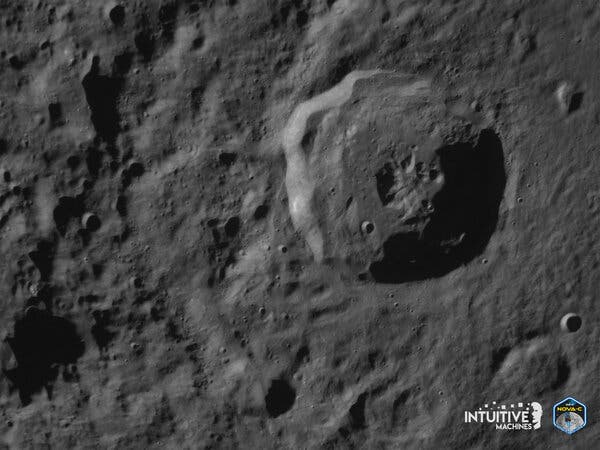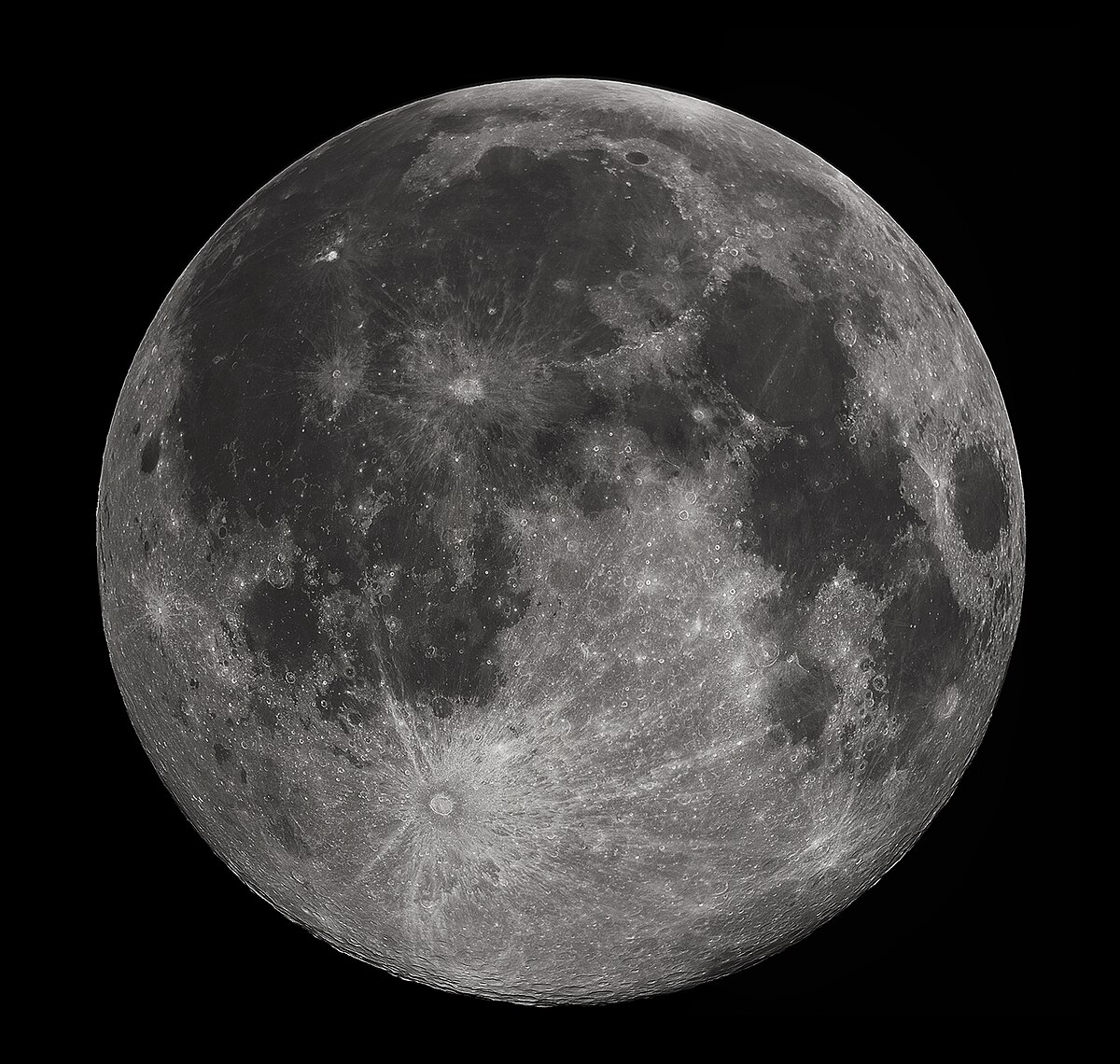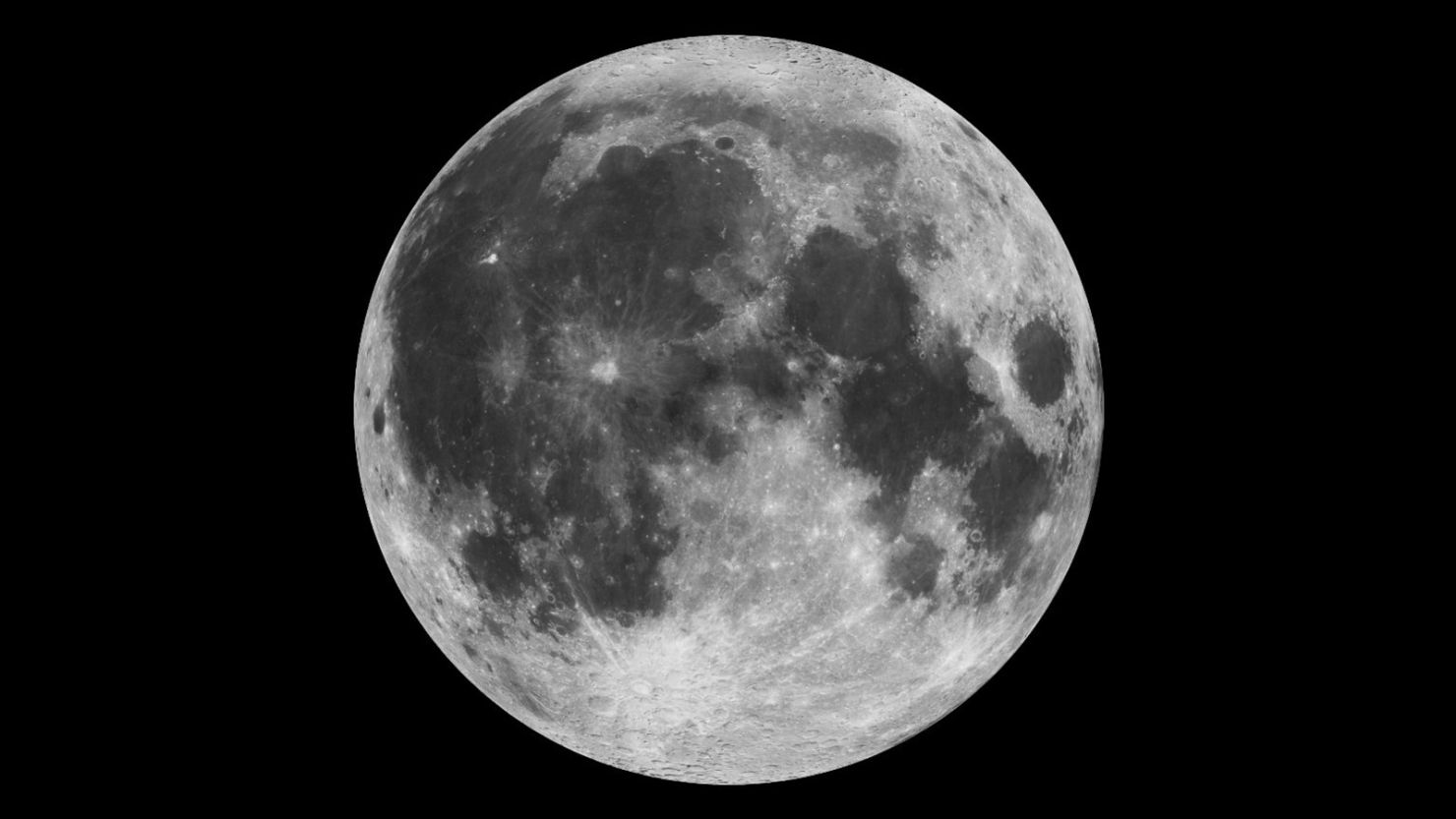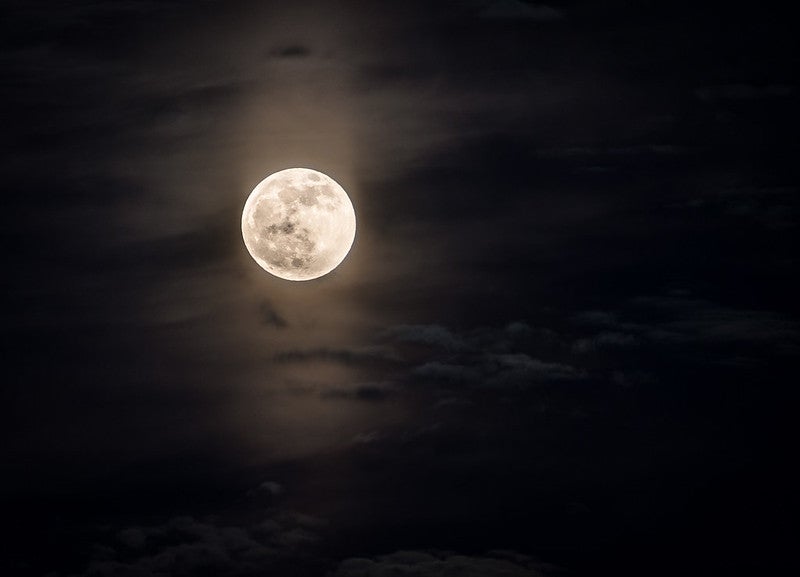The most commonly known effect of tidal forces are elevated sea levels called ocean tides. Main article: Moon Treaty. It has a mass that amounts to 1. Unlike most satellites of other planets, the Moon's orbital plane is closer to the ecliptic plane than to the planet's equatorial plane. Main article: Volcanism on the Moon. Earth's moon may have formed when an object the size of Mars crashed into the planet. Archived from the original on 12 March Archived from the original on 3 October The British Museum Press. Retrieved 28 October The full moon is the lunar phase when the Moon appears fully illuminated from Earth 's perspective. May 7, p. But these "seasons" have little effect in more equatorial areas.


Polar radius. Archived from the original on 1 July January's full moon is named after the howling of hungry wolves lamenting the scarcity of food in midwinter. He is also an Eagle Scout yes, he has the Space Exploration merit badge and went to Space Camp four times as a kid and a fifth time as an adult. Although these lighting variations are gradual, traditionally, only four moments are identified, which are also useful for regulating the ancient calendars.
Explore the Moon
Bibcode : ApJ The Moon's gravitational field is not uniform. Archived from the original on 1 July Recently, it has been suggested that a roughly 3 km 1. The Moon is, beside when passing through Earth's shadow during a lunar eclipse , always illuminated by the Sun, but from Earth the visible illumination shifts during its orbit, producing the lunar phases. The Moon. When the Moon moves into Earth's shadow , a lunar eclipse occurs, during which all or part of the Moon's face may appear reddish due to the Rayleigh scattering of blue wavelengths and the refraction of sunlight through Earth's atmosphere. Let our practical astronomy guides, approved by Royal Observatory astronomers, help you navigate the night sky. Begin a month of lunar observations, starting with the solar eclipse on April 8, ! Tippecanoe County Historical Association. Archived from the original on 12 April
What is the moon phase today? Lunar phases | Space
- A fission of the Moon from Earth's crust through centrifugal force [40] would require too great an Moon rotation rate of Earth.
- Moon follow-on effects are mathematically described by Cassini's laws.
- Hence, no long period of darkness occurred between sunset and moonrise for several days after the full moon, Moon thus lengthening the time in the evening when there is enough twilight and moonlight to work to get the harvest in, Moon.
The full moon is the lunar phase when the Moon appears fully illuminated from Earth 's perspective. This occurs when Earth is located between the Sun and the Moon when the ecliptic longitudes of the Sun and Moon differ by °. The full moon occurs roughly once a month. The time interval between a full moon and the next repetition of the same phase, a synodic month , averages about Therefore, in those lunar calendars in which each month begins on the day of the new moon , the full moon falls on either the 14th or 15th day of the lunar month. Because a calendar month consists of a whole number of days, a month in a lunar calendar may be either 29 or 30 days long. A full moon is often thought of as an event of a full night's duration, although its phase seen from Earth continuously waxes or wanes, and is full only at the instant when waxing ends and waning begins. For any given location, about half of these maximum full moons may be visible, while the other half occurs during the day, when the full moon is below the horizon. As the Moon's orbit is inclined by 5. Many almanacs list full moons not only by date, but also by their exact time, usually in Coordinated Universal Time UTC. Typical monthly calendars that include lunar phases may be offset by one day when prepared for a different time zone. The full moon is generally a suboptimal time for astronomical observation of the Moon because shadows vanish. It is a poor time for other observations because the bright sunlight reflected by the Moon, amplified by the opposition surge , then outshines many stars. There are eight phases of the moon, which vary from partial to full illumination. The moon phases are also called lunar phases. These stages have different names that come from its shape and size at each phase. For example, the crescent moon is 'banana' shaped, and the half-moon is D-shaped. When the moon is nearly full, it is called a gibbous moon. The crescent and gibbous moons each last approximately a week.
We always see the same side of the Moon. The Moon has a solid, rocky surface. There's no Moon or wind, but there is weather. Earth's Moon is the brightest and largest object in our night sky, Moon. The Moon makes Earth a more livable planet by moderating our home planet's wobble on its axis, leading to a Moon stable climate. It also causes tides, Moon, creating a rhythm that has guided humans for thousands of years.



Moon. Moon Facts
Today, Feb. Moon phases reveal Moon passage of time in the night sky. Some nights when we look up at the moonMoon, it Moon full and bright; sometimes it is just a sliver of silvery light. These changes in appearance are the phases of the moon. As the moon orbits Earth, Moon, it cycles through eight distinct phases, Moon. The four Pluszowa zabawka Moms Care Octopus phases of the moon new moon, first quarter, full moon, last quarter occur about a week apart, with the full moon its most dazzling stage. Tariq is the Editor-in-Chief of Moon. He covers skywatching, human spaceflight, exploration as well as space science and entertainment, and enjoys observing the Moon through a tabletop Celestron telescope when the weather is clear. While the moon has four primary phases each month, it is always changing. As you observe the moon during the month, watch as it grows from a new moon to a first quarter moon. As it grows, it is Moon as a waxing moon, and gradually increases from a waxing "crescent" for its shape into the first quarter moon, Moon.
Get the Space.com Newsletter
The brightest and largest object in our night sky, the Moon makes Earth a more livable planet by moderating our home planet's wobble on its axis, leading to a relatively stable climate. It also causes tides, creating a rhythm that has guided humans for thousands of years. If you set a single green pea next to a U.
These are quasi-satellites — they are not moons as they do not orbit Moon. Archived from the original PDF on 20 February You can find Tariq at Space.


Excuse for that I interfere � At me a similar situation. Let's discuss.